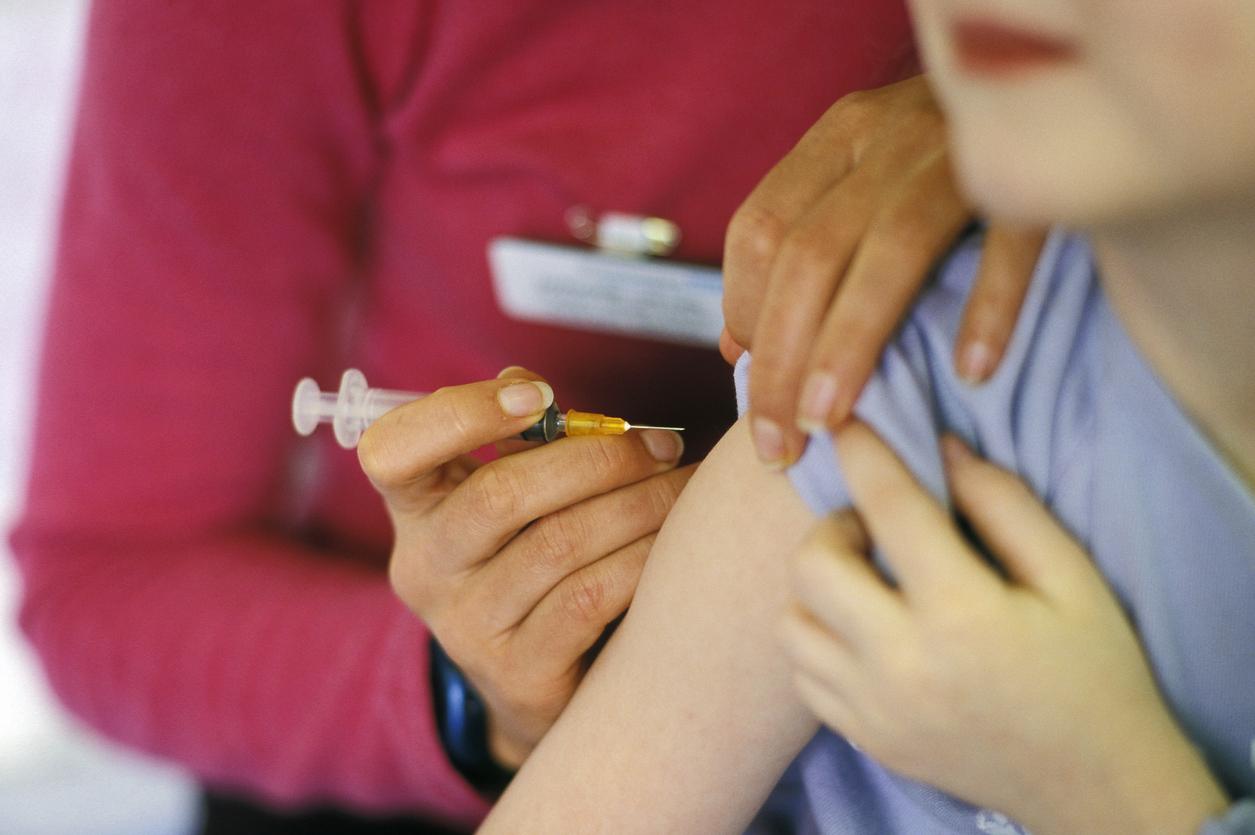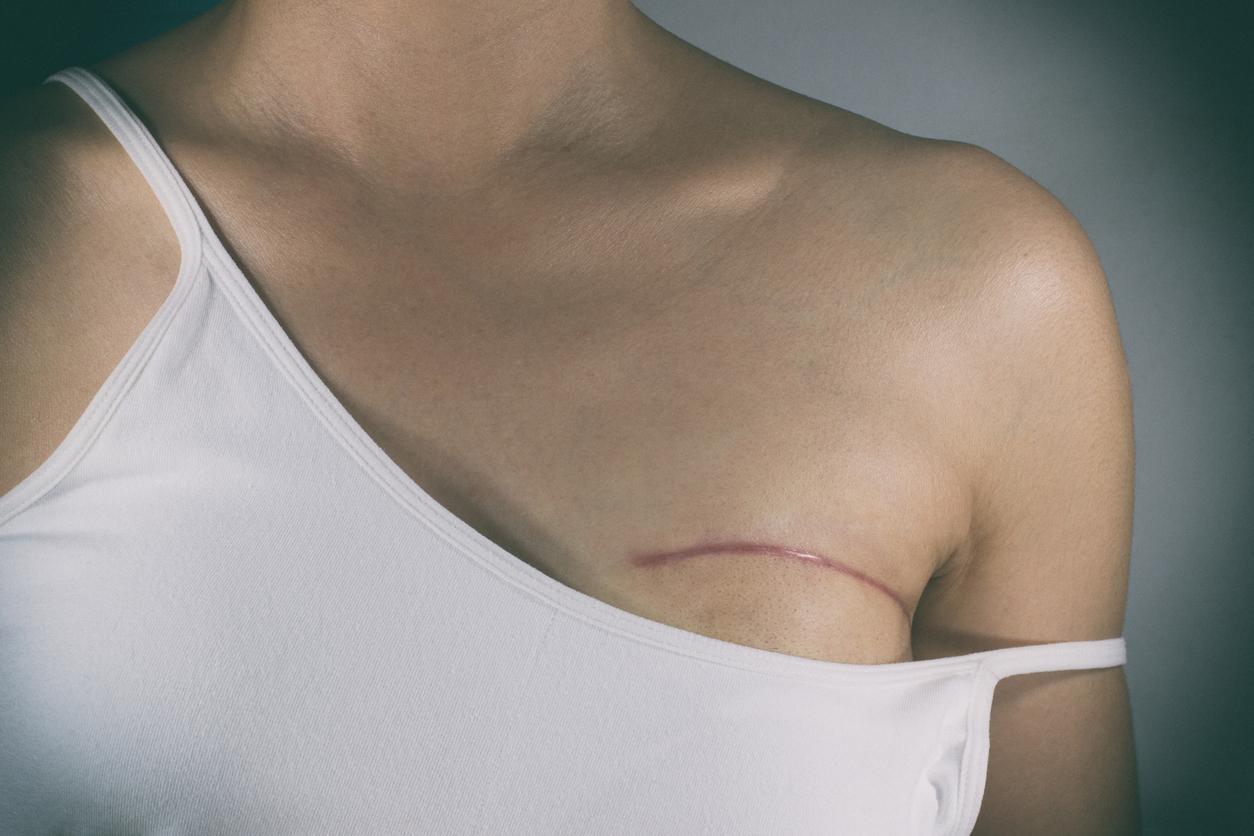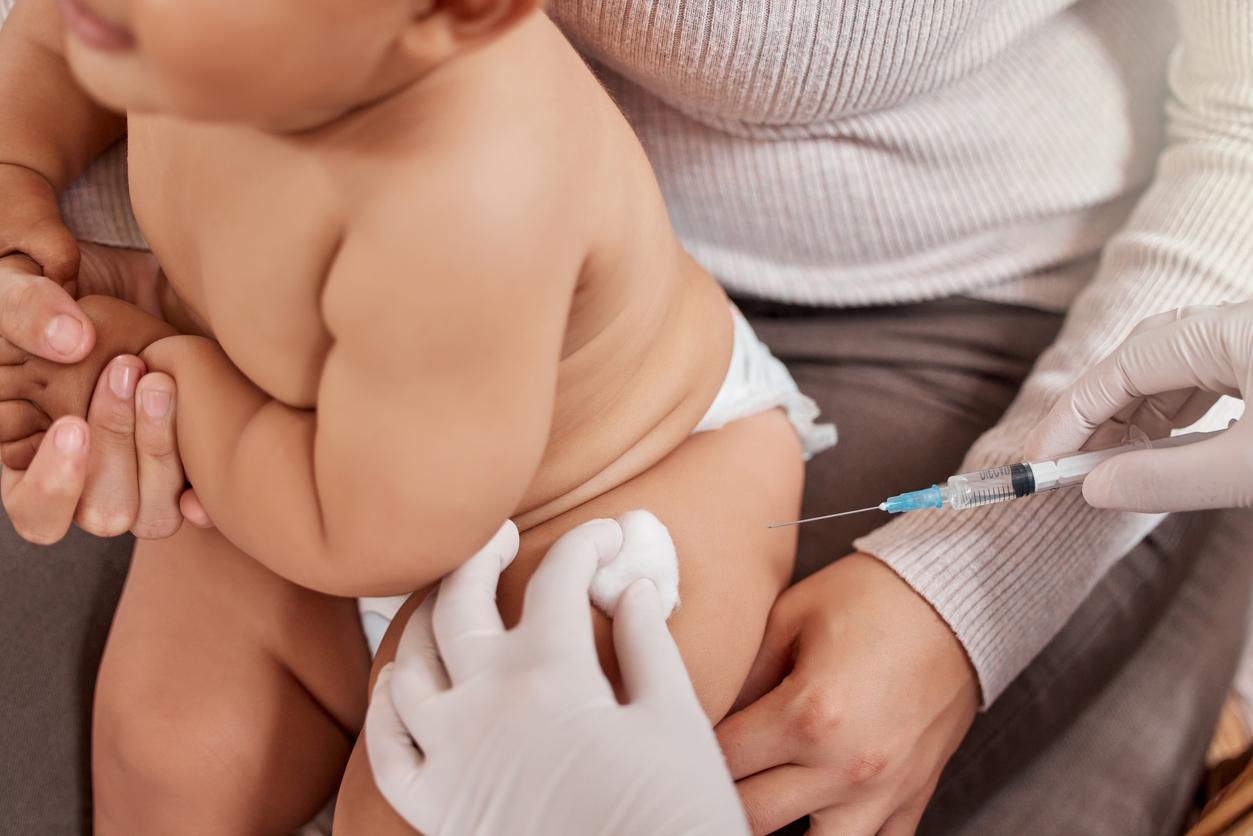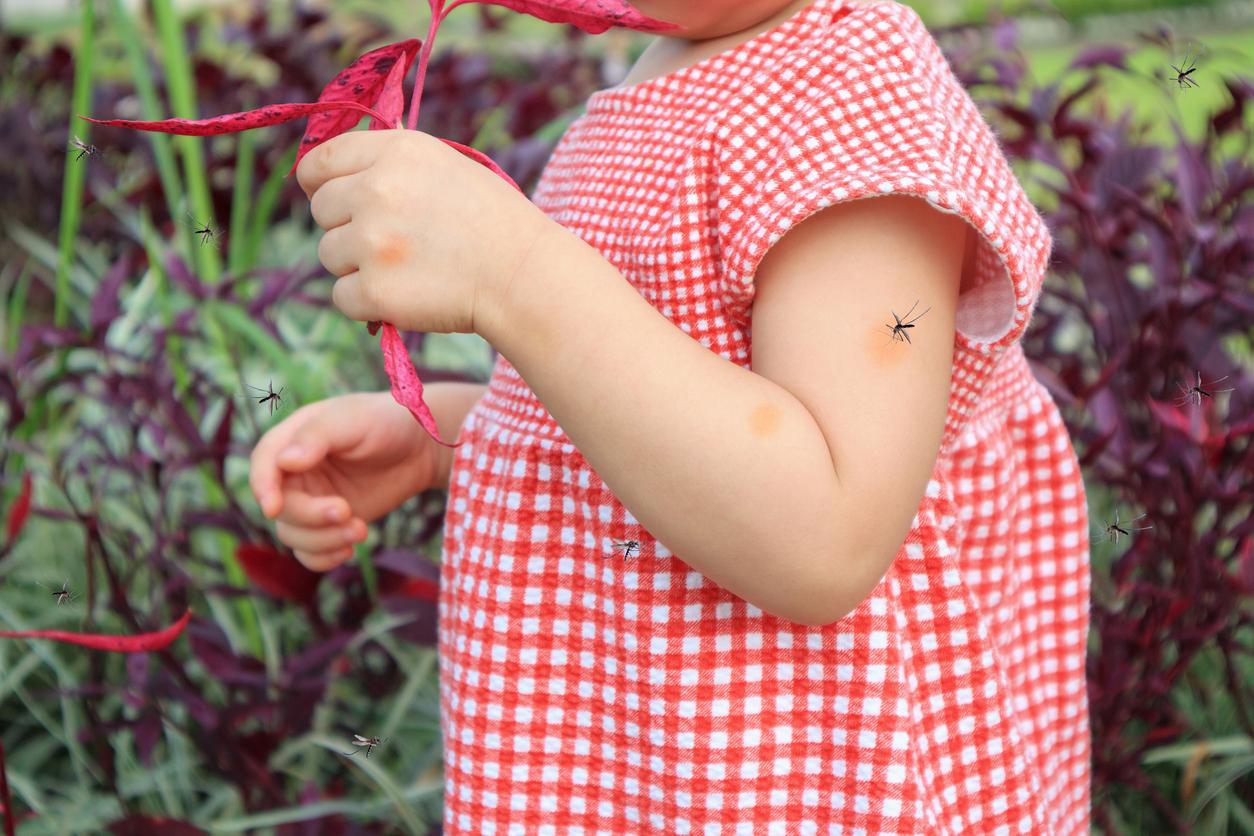Being a modest man, born in Africa (Maghreb or sub-Saharan Africa) and over the age of 60 would put you at risk of a severe form of Covid-19. This is the finding of a new study published by INSEE and the Department of Research, Studies, Evaluation and Statistics (DREES).
Whether age, sex or comorbidities are no longer unknown factors in serious forms, the study highlights a new, more surprising one: socio-economic characteristics patients with Covid-19.
Men over 60, most at risk patients
In total, the over 60 accounted for 72% of those hospitalized against 27% for the whole population. The fact of being a man also constitutes a risk, but in a much more limited way than age. Thus 52% of hospitalized individuals over the age of 60 are men, compared to 45% of inhabitants in this age group.
Hospitalized patients live in social housing
According to the study, “33% of hospitalized individuals aged 50 to 74 live in a accommodation with a surface area per person of less than 30 m2“. And the risk of hospitalization increases as the surface area decreases.
Nevertheless, the study clarifies that it is not the living conditions that affect the risk of complications in hospital, but rather “the increased risk of exposure to the virus in confined spaces where contact is more frequent and barrier gestures more difficult to implement“.
A lower standard of living can increase hospitalizations
Patients hospitalized for a severe form of Covid-19 have a 6% lower standard of living at the average level of the whole population.
This over-representation of low-income populations affects all age groups and is all the more flagrant when the people hospitalized are young.
This link between severe form of Covid-19 and modest standard of living is manifested by a more frequent presence of comorbidities among the most modest, as well as living and working conditions associated with a greater risk of exposure to the virus.
A population often born abroad
According to the DREES study, people hospitalized were most often born abroad: this is the case for 26% of those aged over 35.
But this over-representation of the foreign population only concerns individuals born outside Europe. 17% of hospitalized patients over 35 were born in Africa (Maghreb or sub-Saharan Africa) compared to 9% of French residents.
The fourth wave stands out… thanks to vaccination
During the fourth wave of the epidemic, the study notes that age has a much less obvious influence on the risk of being hospitalized: 5.7 times higher in people over 80, compared to 17.8 times higher during the first wave in March 2020.
If this factor was marked in a less obvious way with the advance of the epidemic, the standard of living has become an even more telling factor. Thus, 63% of people hospitalized had a standard of living below the median standard of living, compared to 53% during the first wave of March 2020. This discrepancy finds an explanation in the different distribution of vaccination by age and standard of living. : the serious forms of the fourth wave affected the most modest people, that is to say the least frequently vaccinated, concludes the study.
Sources:
- Socio-economic characteristics of individuals with severe forms of Covid-19 over epidemic waves – Use of a pairing of hospitalization data (SI-VIC) and socio-economic data (Fidéli), DREES, March 17, 2022
Read also:
- 25% of severe forms are explained by a genetic or immunological abnormality
- Long Covid: depression, loss of appetite, self-confidence… What are the consequences of a lasting loss of smell?
- Covid long: what symptoms? what to do ?


















